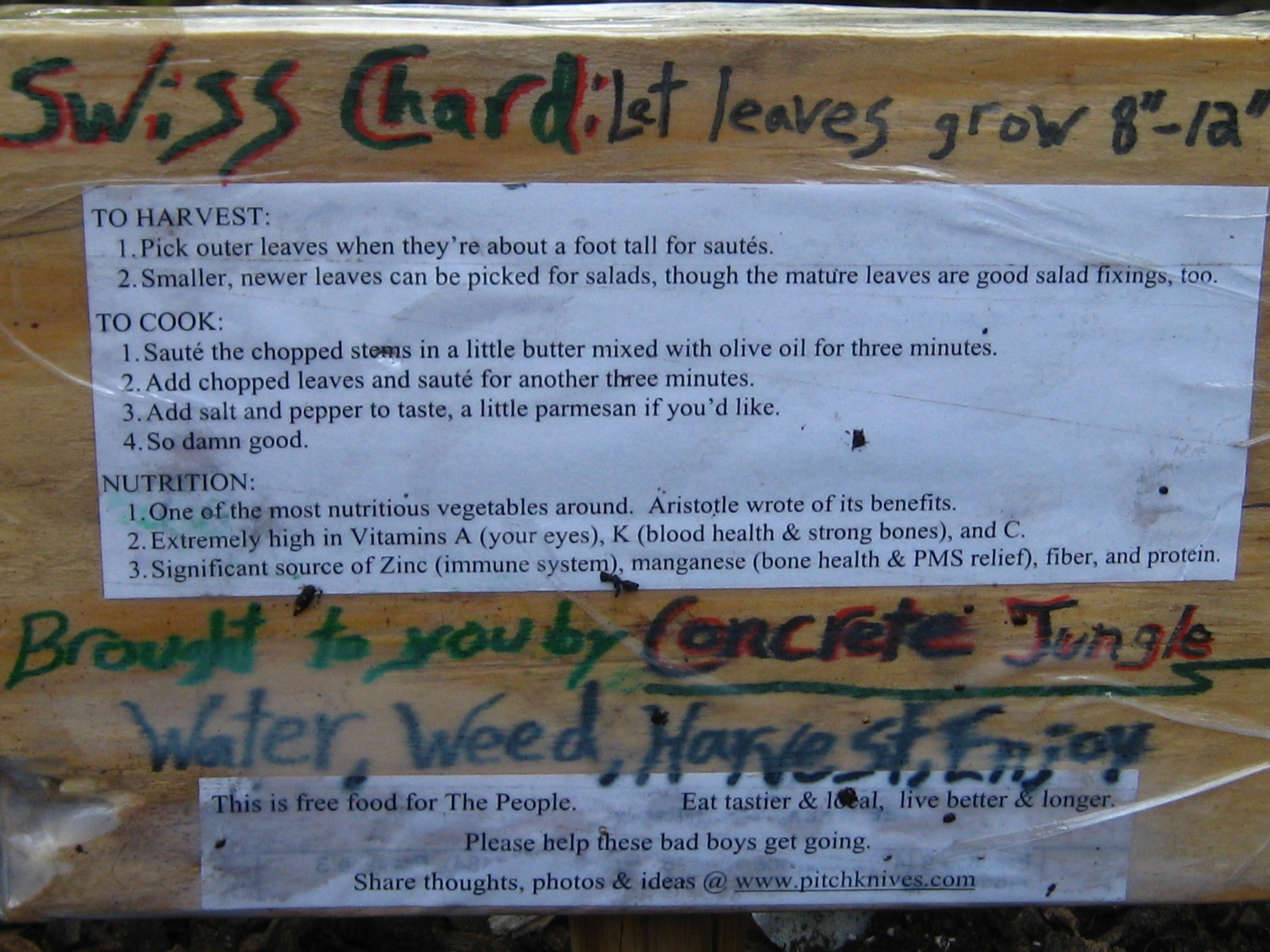There is obviously a deep human desire for sweetness, and blackness (in your tummy, fool, Heaven forbid the other!), and a good swift jolt of the jitters. Once upon a time, spices drove economies—and thus politics—but today we have Coca-Cola and its descendents. Just over one billion cans of Coke are sold each day across the globe. Short of North Korea and the Mongolian Steppes, you’d be hard pressed, I suspect, to find someone who hasn’t tasted it. Coke is America’s ambassador; Wikipedia lists 52 non-Coke colas, all built on the Coke template.
Now, if you’re a country that wants no truck with The States, you’ve got to come up with your own competitor to sate your masses. Iran has three native colas, including Parsi Cola and Zam Zam Cola, the latter of which was owned by Pepsi from its creation in 1954 until the Revolution in 1979.
The Well of Zamzam is located 66 feet from the Kaaba, that big granite cube that everyone on the Hajj circles. In Islamic lore, it sprung up from the desert at the word from God when Abraham’s son Ishmael was crying from thirst. In the 2000s, Mecca Cola emerged from the U.K. to compete with Zam Zam, and a fourth Muslim cola, Evoca, boasts as its secret ingredient black seed, of which Mohammed apparently said, “It is the cure for all diseases but death.”
Perhaps Vatican alchemists are working on the Gethsemane Gulp as I type. Continue reading →
 ola. And folks charge an arm and a leg for it once it steps off the industrial-agriculture train.
ola. And folks charge an arm and a leg for it once it steps off the industrial-agriculture train.
 In 1870, Napoleon III was waging war on the Prussians, and he needed one million tins of beef to feed his troops. A Scotsman named Johnson landed the gig and concocted Bovril, a concentrated beef paste that can be spread on crackers, eaten with a spoon, whathaveyou. Its most popular incarnation became, and remains, mixed into hot water. Napoleon died and Prussia disappeared, but instant beef soup marched on. Apparently, generations of soccer fans and sufferers of the common cold have soldiered through their bludgeoning English winters on the strength of Bovril. Pope Leo XIII even stumped for it with the ad slogan: The Two Infallible Powers – The Pope & Bovril.
In 1870, Napoleon III was waging war on the Prussians, and he needed one million tins of beef to feed his troops. A Scotsman named Johnson landed the gig and concocted Bovril, a concentrated beef paste that can be spread on crackers, eaten with a spoon, whathaveyou. Its most popular incarnation became, and remains, mixed into hot water. Napoleon died and Prussia disappeared, but instant beef soup marched on. Apparently, generations of soccer fans and sufferers of the common cold have soldiered through their bludgeoning English winters on the strength of Bovril. Pope Leo XIII even stumped for it with the ad slogan: The Two Infallible Powers – The Pope & Bovril.


